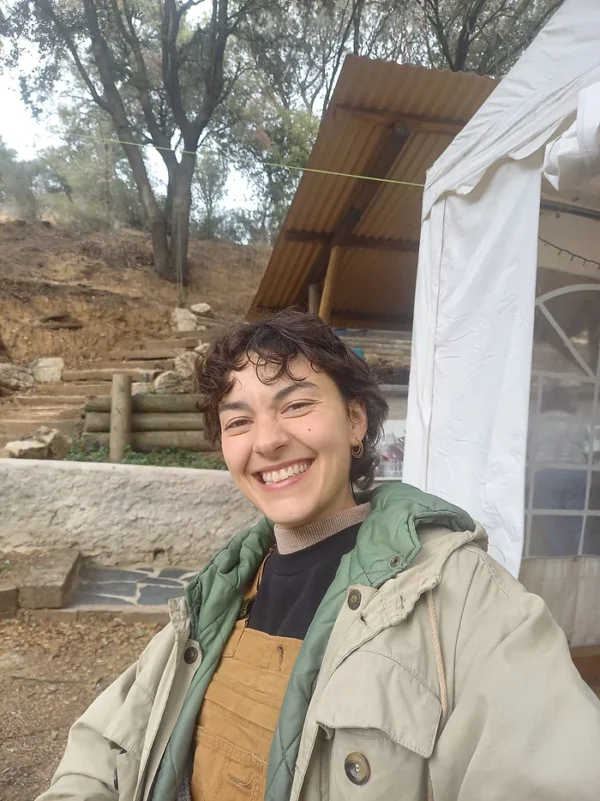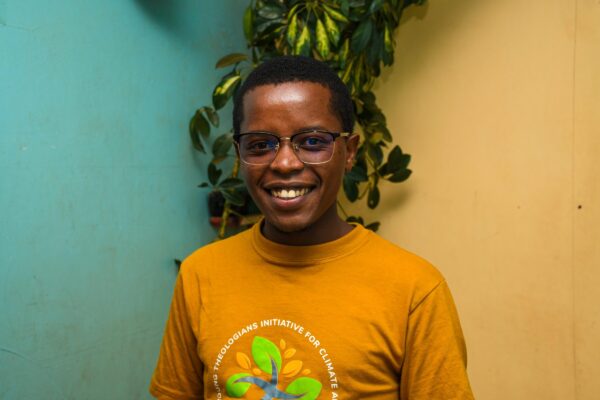
Grace Shockman
I am in the midst of putting down roots in a new place, here at the Chestnut Tree School.
At this ecological primary program, we encourage our students to define their own growth in connection with that of a tree. It begins for all with a trunk which is the stability and support to allow for the curiosity of branches, the autonomy of producing leaves, the collaboration and flourishing of flowers, and finally the production of fruits of learning which spreads more seeds. The language is not only a pleasant mental picture but captures the pedagogy of the program—an ecological understanding of the learning environment. This, however, is not limited to courses about plants or biological sciences, the ecological education centers around Jaboury Ghazoul’s notion that, “ecology is the science of how organisms interact with each other and with their environment, and how such interactions create self-organizing communities and ecosystems. This science touches us all.”
This year I am dipping my toes into the world of education following my formation in the Peace, Trauma, and Religion studies. I serve currently as an educator and member of the direction team at a small ecological school in the Barcelona area. For me this chance to work on the direction of a project which utilizes the Gaia education’s four-dimensional framework for schools who are working to weave together a curriculum which takes into accounts UNESCO’s vision for transforming education for sustainability. Primary school is a place where education and frameworks for peace begin, and I feel grateful for a space to experiment together with other educators how to develop interpersonal peacebuilding skills in all areas.
The school itself is in the forest; we are immediately close to the environment we invite our students to participate in. Days at the school are centered around the general educational goals to learn math, science, social studies, and language but expand to center social-emotional learning. The school brings together many educators who share their gifts with the students—some coming from professional environments to teach forest ecology, diplomacy, yoga, body expression, and cooking. It is a community project, which now is taking shape to develop a curriculum and training for other ecological schools who would like to follow our programming. I have the privilege of being a part of the strategic planning for a vision also for a community school—one which takes the principles of ecological education and invites parents and the support system of the students to participate in the same kind of learning.
I am learning by each day something about what it means to apply a commitment to work on peacebuilding and the acknowledgement of trauma every day. It invites the question, what are micro-moments of peace work, particularly when it comes to setting foundations for how we engage in humanizing conflict. There is much to learn from a child who in experiencing hurt in relationship learns to talk with an instigator, find ways to express needs and work together for solutions. I am encouraged to keep building my own skillset towards how to accompany the children and adults of the community in mediation and to learn for myself how to do the same.
Written by Grace Shockman









